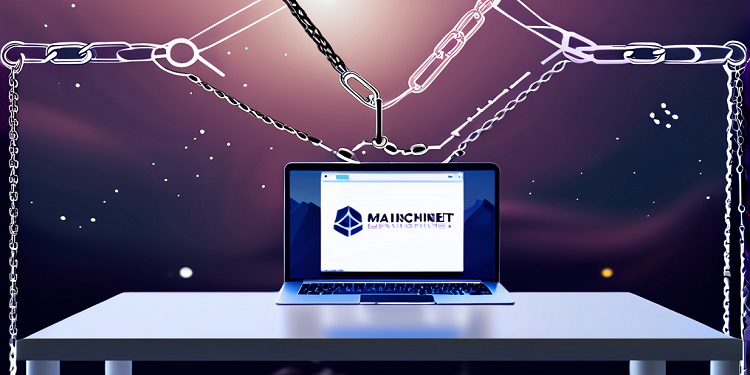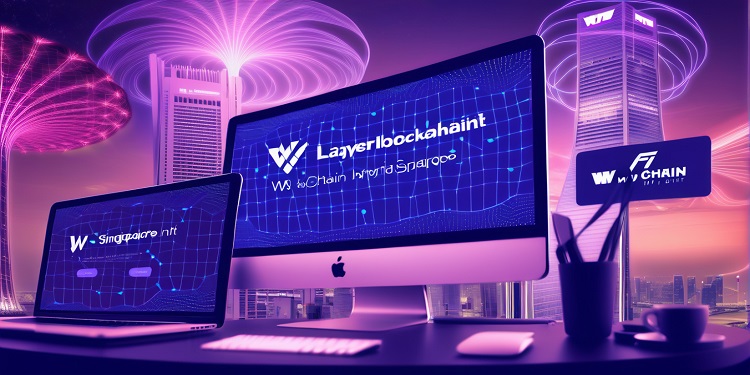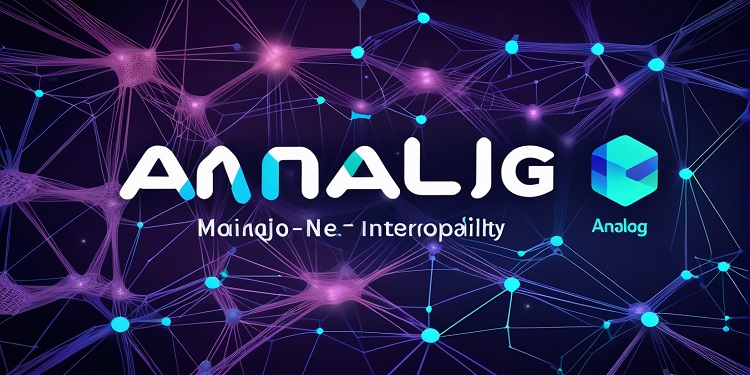Today marks a significant milestone with the official Mainnet release of Chain Signatures, a pioneering Chain Abstraction solution developed on the NEAR platform. Following the successful completion of the testnet phase and a thorough security audit, developers can now harness the full potential of Chain Signatures’ omnichain capabilities for their decentralized applications (dApps) on Mainnet. This development provides a fully chain abstracted user experience (UX) for end-users, including decentralized enthusiasts, through the initial cohort of Chain Signatures products that are now live on Mainnet.
The Technology Behind Chain Signatures
Chain Signatures is built on a decentralized multi-party computation (MPC) network, enabling NEAR accounts to sign transactions across any blockchain protocol. It stands out as the sole MPC solution allowing smart contracts to sign transactions on any chain and for any number of accounts. This functionality is facilitated by the unique NEAR account model, where accounts are smart contracts by default.
This innovative solution simplifies the development of multichain dApps by reducing the complexity to a single layer: a smart contract on NEAR that communicates with all other chains. By abstracting away the intricacies and challenges of multichain dApps, Chain Signatures creates new opportunities for application design and user interfaces in the Web3 space. Unlike existing bridges or cross-chain messaging protocols, which often lack the ability to support all chains or scale efficiently, Chain Signatures can accommodate every blockchain without the need for native integration. This includes prominent chains like Ethereum, Bitcoin, the Cosmos ecosystem, and soon, Solana.
Current Adoption and Ecosystem
As of its launch, Chain Signatures Mainnet is already being utilized by five applications, collectively boasting over six million active users. Additionally, more than fifteen projects are actively developing using this technology. The ecosystem of Chain Signatures products is rapidly expanding, with applications spanning wallets, decentralized exchanges (DEXs), lending platforms, trading bots, bridges, and more.
For instance, Sweat Wallet enables its 2.5 million active users on NEAR to bridge assets to and from any chain, starting with BNB and Base, while paying for gas in $SWEAT. Allstake has launched Phase 0 on NEAR, Solana, and Ethereum, supporting top Liquid Staking Tokens (LST) and Liquid Reward Tokens (LRT) protocols like LiNEAR Protocol, MetaPool, Marinade, Jito, Renzo, and EtherFi. HERE Wallet offers support for transactions on any chain through its mobile, web, and Telegram wallet platforms. Bitte Wallet provides passkey wallets for any chain, including Bitcoin, and facilitates connectivity to all Ethereum apps using WalletConnect. Lastly, Defuse operates as a truly multichain spot DEX, allowing for swift trading between assets on any chain.
Industry Impact and Future Prospects
Contributors from Proximity Labs have highlighted the pivotal role of Chain Signatures in addressing interoperability challenges within the fragmented Web3 landscape. They have noted that this innovation simplifies the user experience, enables decentralized finance (DeFi) functionalities for blockchains that do not traditionally support smart contracts, and empowers developers to support all chains seamlessly. By eliminating the need for bridges, Chain Signatures significantly expands the liquidity and utility of assets across various blockchains, transforming how users and developers interact with decentralized finance and making it more accessible.
A crucial component of the Chain Signatures stack is the Multichain Gas Relayer. This feature alleviates the burden of acquiring separate gas tokens for transactions on different chains by performing gas payments on the destination chain on behalf of the user. Users only need to pay the equivalent amount in an asset they already hold, such as NEAR or other NEAR-native fungible tokens like USDC or USDT. The combined power of Chain Signatures and the gas abstraction provided by the Multichain Gas Relayer offers a streamlined user experience, as exemplified by top dApps like Sweat Wallet.
Leadership from NEAR Foundation has lauded Chain Signatures as a game-changing innovation that brings Chain Abstraction to life. They have expressed optimism that this development will replace fragmented liquidity in DeFi with a single DeFi layer for all chains. By removing the need for multiple wallets, manual bridging, and gas fee payments in various tokens, Chain Signatures makes all of DeFi accessible from wherever users are. This breakthrough is enabled by the ability of smart contracts to sign transactions for any blockchain, even Bitcoin, opening up new design spaces for financial applications in Web3.
Security and Development Roadmap
The Chain Signatures Mainnet is secured by eight reputable validators, including Pagoda, Luganodes, The Lifted Initiative, InfStones, Staking4All, Node.Monster, Black Sand Technologies, and Aurora. The initial audit of the Chain Signatures protocol has been conducted by Kudelski, with the final report set to be published soon on the Chain Signatures GitHub.
Looking ahead, the development roadmap for Chain Signatures includes adding support for the EDDSA elliptic curve before the end of the year, which will expand compatibility to chains like Solana and TON. Additionally, the team aims to increase throughput to match NEAR’s sharded capacity, targeting up to 300 transactions per second. Over time, the number of validators on the network is expected to grow, with the goal of achieving 40+ highly independent nodes, requiring 27 for a single signature.
Conclusion
With its official Mainnet release, Chain Signatures is poised to revolutionize the Web3 landscape by providing a seamless and efficient solution for multichain transactions and dApp development. By simplifying the user experience and empowering developers, Chain Signatures opens up new possibilities for innovation and growth in the decentralized finance ecosystem. As the platform continues to evolve and expand, it is set to make a significant impact on how users and developers interact with blockchain technology.









